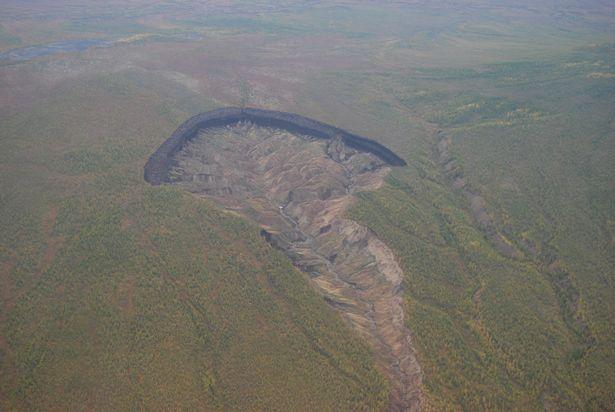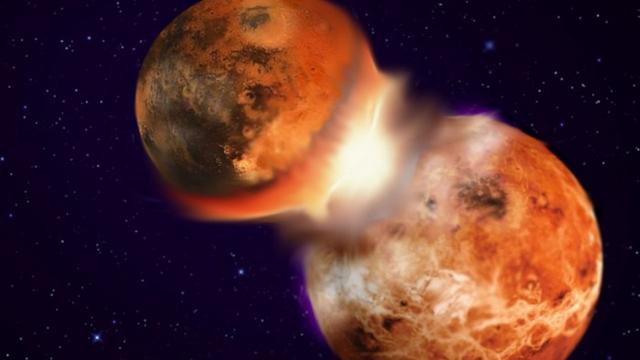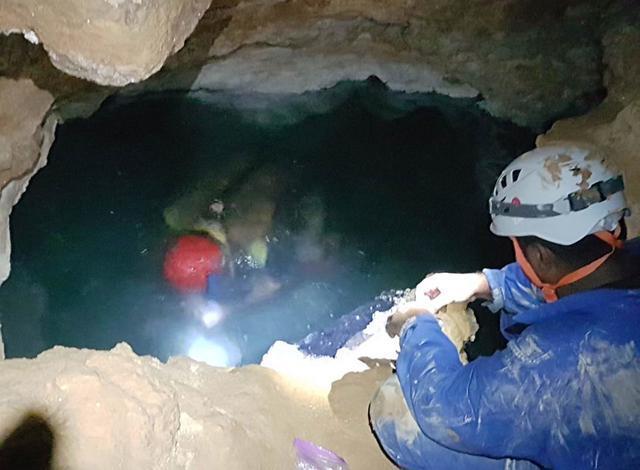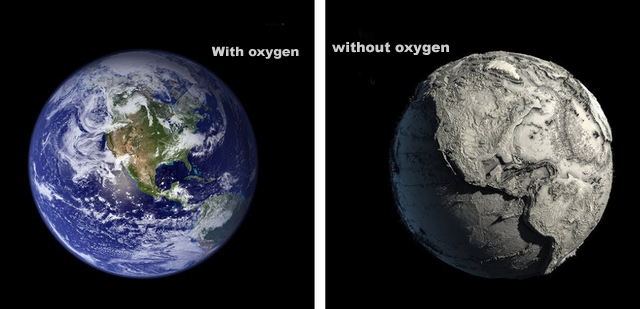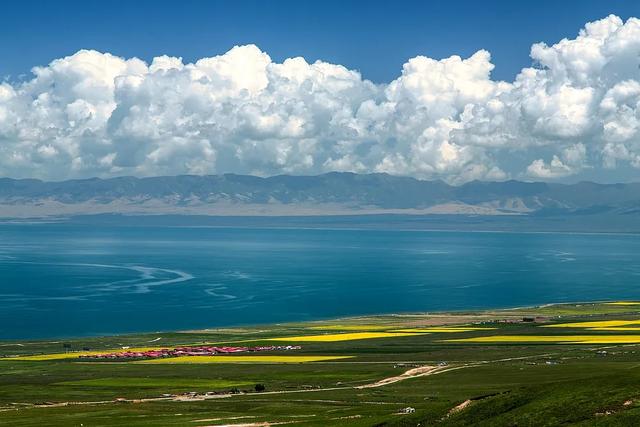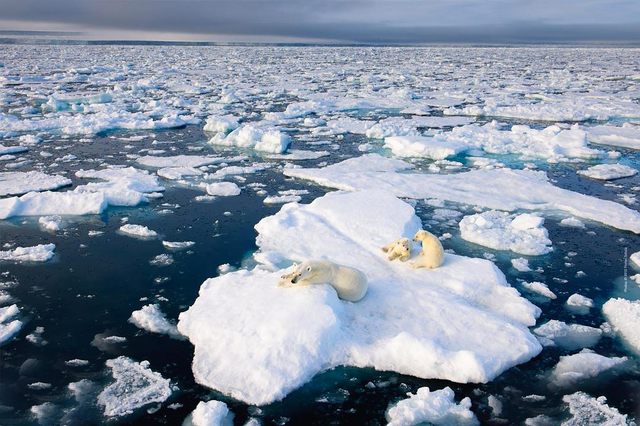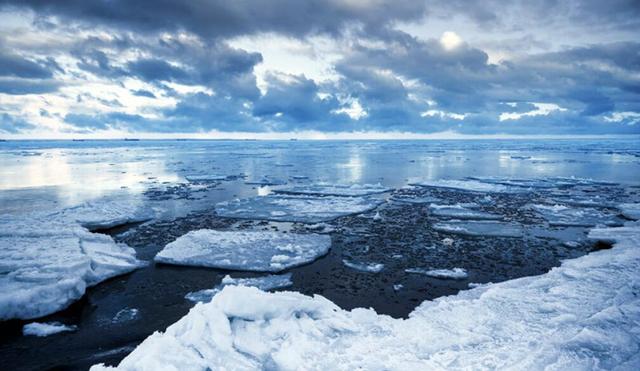Since its inception, the earth's environment has been changing, especially over the years, and as human society has grown faster and faster, the pace of change on earth has also been affected, and the habitats of many of the planet's creatures have been destroyed. Even areas such as the north and south poles or high mountain plateaus, which are far from human beings, are not immune.

One of the things we have seen before is the melting of glaciers, which has exposed the land that was buried under the snow and ice, and the shrinking of the extent of those glaciers. This is something we talk about a lot. Because as these glaciers melt faster, they turn into liquid water that sinks into the sea, causing sea levels to rise, and some low-lying coastal areas could be flooded by the rising waters in the future.

The environment in the arctic is somewhat different from that of other regions in that not only are there large numbers of glaciers in the arctic, but there is also extensive permafrost, which means that the moisture in the soil freezes together with the soil to form a thick, hard layer of permafrost. As the warming continues, these layers of permafrost will also thaw, and when they do, many problems will arise. For example, the remains of prehistoric creatures previously buried beneath the permafrost may reappear, and giant holes may appear there as well.

Siberia's "Mouth of hell" Discovered
In the arctic region of siberia, there is a huge crater known as the 'mouth of hell'. Scientists believe that this 'mouth of hell', known as the batagarka crater, originally did not exist and that the land in this area was permanently frozen during the quaternary ice age, some 2.5 million years ago. In the 1960s, however, the area was deforested on a large scale, so that the sun's rays reached the ground, which gradually became warmer and the thawing of the permafrost accelerated.

As this permafrost melted, the prehistoric microorganisms buried beneath it gradually awoke, rejuvenating and decomposing the remains of those prehistoric organisms previously buried beneath it, producing large quantities of greenhouse gases such as methane. Eventually a high-pressure gas space is created beneath the permafrost. As the buried gases continue to be produced, the pressure underneath grows, eventually 'pushing' the ground above it, creating this huge crater.
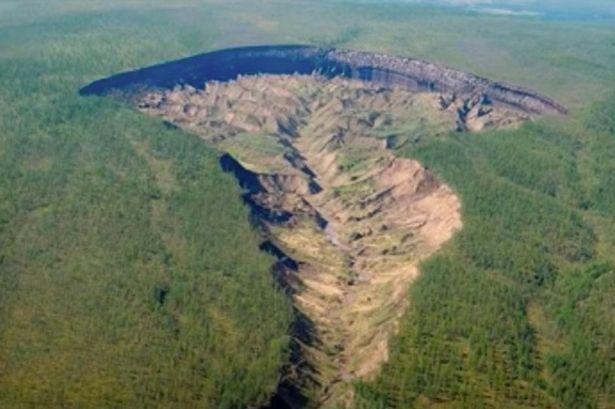
So the crater, known as the 'mouth of hell', started to form in the 1960s, but although it didn't take long to form, it has continued to grow and is now 1km long and 86m deep. As the climate continues to warm, the crater will continue to grow, at least 10 metres per year. And as it grows, there are occasional rumbling sounds from below. As it grows, the crater swallows up everything in its path. What is worrying is that scientists do not yet know how to stop it from growing.
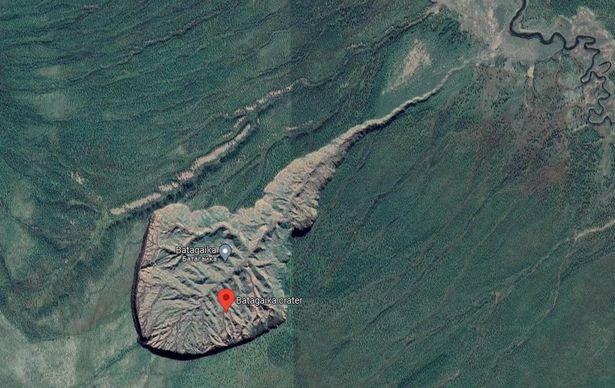
Scientists say the effects of these thawing permafrost layers are far-reaching, even dangerous. Because melting permafrost is not just about deep craters, it is also about the remains of prehistoric creatures that have been buried beneath the permafrost, some of which may have existed for thousands, tens of thousands of years or more. Despite their longevity, the remains of these prehistoric creatures have managed to remain intact. Because the temperature of the permafrost is so low, it acts as a giant natural refrigerator, freezing the remains and allowing them to be preserved for a long time. When the permafrost melts, these prehistoric remains will see the light of day again.
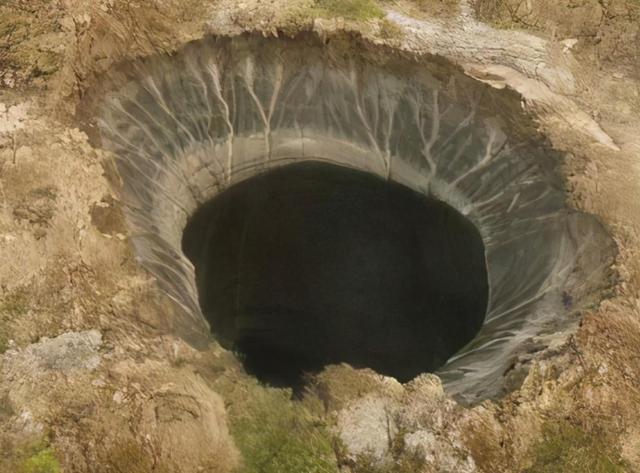
What should mankind do?
Warming is now a trend, and with it a rise in global temperatures and a whole range of things we don't expect or anticipate, such as extreme heat, drought, flooding, raging wildfires, or melting glaciers, rising sea levels, or causing masses of organisms to go to the brink of extinction. And all these problems will ultimately affect us humans ourselves.

This year, from march onwards, a heat wave swept through many parts of india, with many areas experiencing rare high temperatures, reaching 38°c in some areas, and even upwards of 40°c in april. By may, many parts of india were experiencing high temperatures pushing 50°c. Such hot weather makes it difficult for many creatures to adapt, and in the indian state of gujarat dozens of birds fall from the sky every day due to dehydration.
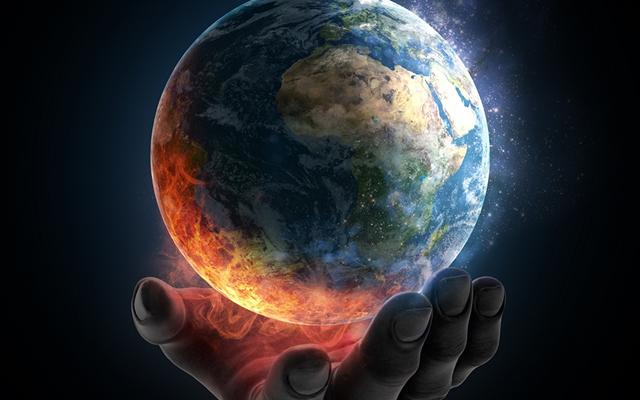
There are some experts who say that with such a trend, if the temperature of the earth reaches or exceeds a certain threshold in the future, then many areas of india will no longer be suitable for human habitation. This is an issue that deserves our attention because not only are the temperatures in india continuing to show records, the effects of warming are global and no place is immune to them.

Over the years, we humans have actually learnt that the implications of these problems are far-reaching, and so we are trying to take a range of measures to mitigate the warming trend. For example, large-scale afforestation is a great way to do this. The lush green forests are able to absorb carbon dioxide from the atmosphere, so that the level of carbon dioxide in the atmosphere will drop and the earth's greenhouse effect will be mitigated. The only thing is that afforestation is geographically demanding, and it is relatively difficult to plant trees in some high mountain plateaus or desert or gobi desert areas. Moreover, many regions are still destroying forests, for example, the tropical rainforests in brazil have been decreasing. So, there is a long way to go to mitigate the problem of climate change.

